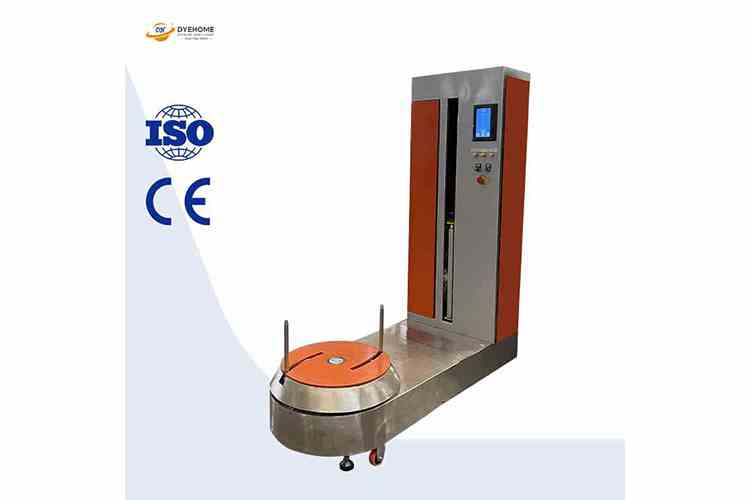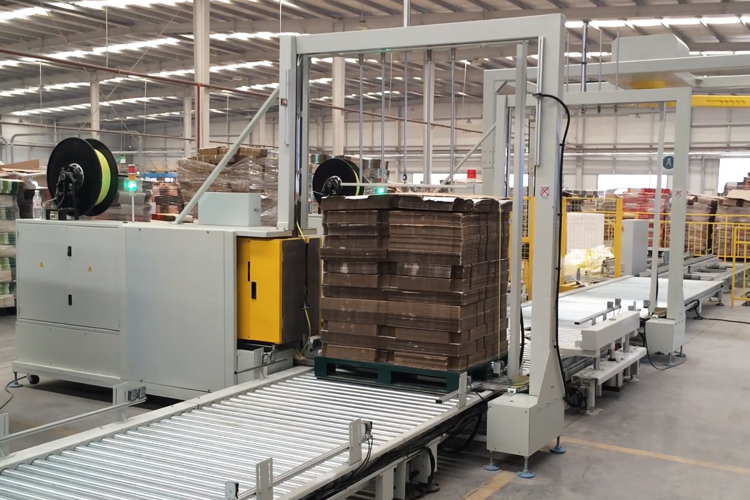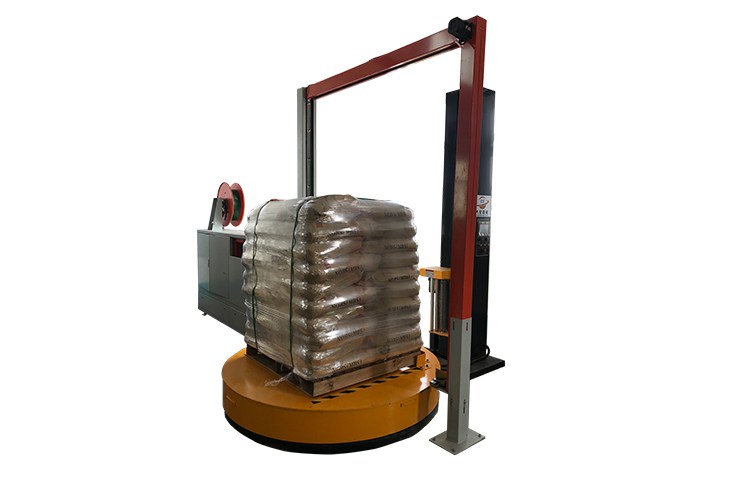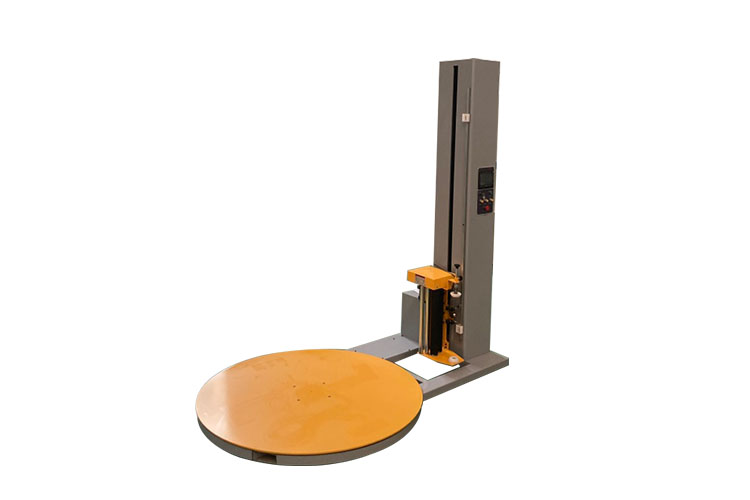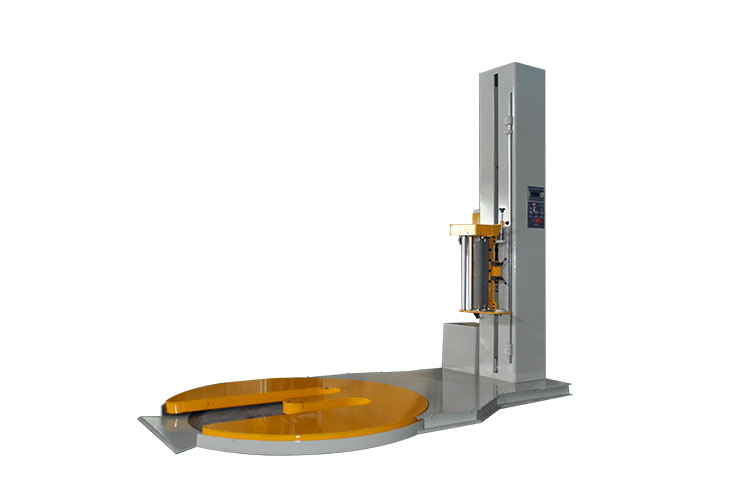Horizontal Stretch Wrapper – Structural Features and Application in Long-Shaped Building Materials and Profiles
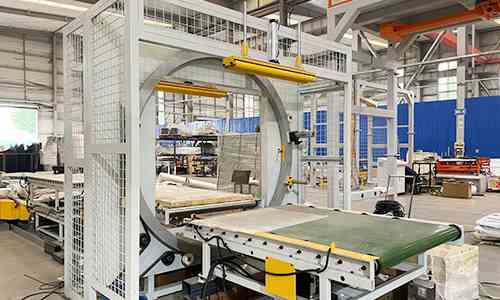
Horizontal Stretch Wrapper: Ring-Type Wrapping Structure for Long Materials
In industries such as building materials, profiles, piping, and board-type products, goods are typically long and slender, making them susceptible to impact, surface abrasion, moisture intrusion, and dust contamination during transportation. Traditional manual wrapping cannot ensure consistent coverage or stable tension, resulting in uneven protection. As automation demand increases, horizontal stretch wrappers—using a rotating ring to create continuous spiral wrapping—have become a common configuration on modern packaging lines.
Using stretch film, composite paper, or nonwoven materials, the machine forms a spiral protective layer on the product surface, delivering better protection against impacts, moisture, and handling friction.
Ring Rotation Structure Ensures Uniform and Stable Wrapping
The horizontal wrapper uses an aluminum ring to rotate wrapping materials around the product while the item moves forward at a controlled speed. The spiral wrapping mechanism produces a tight and uniform coverage across the full length of the goods, reducing impacts on the product surface.
The machine accommodates products with widths of 300–650 mm and heights of 350–650 mm, and supports customization for different industry requirements. Multiple packaging materials—stretch film, composite paper, woven tape—can be selected according to product surface, logistics environment, or protection needs.
Ring speed (19–57 rpm) and conveyor speed (6–12 m/min) are adjustable, enabling flexible overlap control. Higher overlap provides thicker protection, while lower overlap enhances efficiency.
Automated Operation Reduces Labor and Enhances Continuous Throughput
The machine adopts a PLC control system with touch-screen interface for clear parameter settings. A photoelectric sensor detects product position and enables continuous automatic operation. The film carriage features an automatic reset function to prepare for the next cycle immediately upon completion.
When combined with roller conveyors, rubber-coated conveyors, or belt conveyors, the system supports full automated flow-through packaging. An optional automatic film cutting unit enables unmanned operation at the wrapping station.
Applicable to Multiple Industries Requiring Long Product Protection
The horizontal wrapper is widely used for PVC pipes, aluminum profiles, stainless steel tubes, galvanized pipes, narrow boards, wooden strips, and wrapped wire bundles. The spiral wrapping structure also protects edges and reduces surface friction during transportation.
For outdoor logistics such as photovoltaic supports, engineering materials, or steel structure components, composite paper provides higher abrasion resistance. For aluminum profiles, transparent film wrapping preserves surface appearance and allows easy identification.
Depending on configuration, the conveyor rollers support 100–1000 kg, offering compatibility with heavy pipe and rod-type goods.
Application Examples
A profile manufacturer using aluminum and stainless profiles experienced inconsistent wrapping strength with manual packaging. After adopting the SP1000 horizontal wrapper and optimizing ring and conveyor speed, the wrapping quality became more uniform. As a result, product scratches and edge damage were significantly reduced during transportation.
Another pipe manufacturer integrated the machine with a roller conveyor line to achieve unmanned wrapping. The photoelectric system automatically triggered the wrapping sequence, and the automatic film-cutting mechanism eliminated manual intervention, improving line automation and packaging consistency.
The horizontal stretch wrapper achieves stable spiral wrapping through the combination of ring rotation and forward product movement. It is suitable for multiple industries handling long goods and can work with a variety of materials to achieve customized protection. When integrated into a conveyor line, it forms a continuous automated packaging unit, improving efficiency and packaging consistency.


